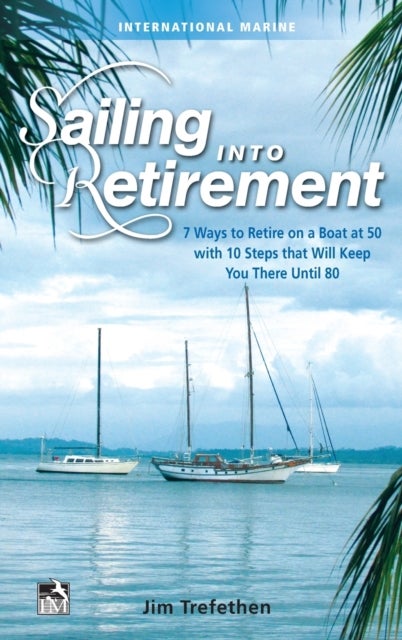
Humour in Audiovisual Translation av Margherita Dore
529,-
This book offers a comprehensive account of the audiovisual translation (AVT) of humour, bringing together insights from translation studies and humour studies to outline the key theories underpinning this growing area of study and their applications to case studies from television and film. The volume outlines the ways in which the myriad linguistic manifestations and functions of humour make it difficult for scholars to provide a unified definition for it, an issue made more complex in the transfer of humour to audiovisual works and their translations as well as their ongoing changes in technology. Dore brings together relevant theories from both translation studies and humour studies toward advancing research in both disciplines. Each chapter explores a key dimension of humour as it unfolds in AVT, offering brief theoretical discussions of wordplay, culture-specific references, and captioning in AVT as applied to case studies from Modern Family. A dedicated chapter to audio descript








